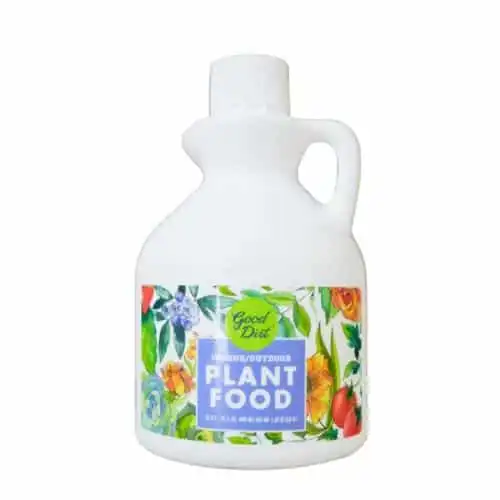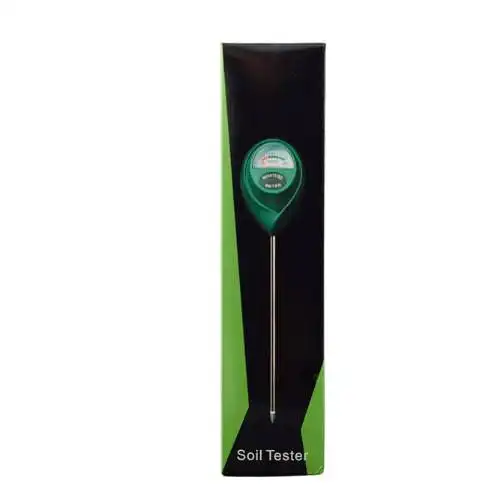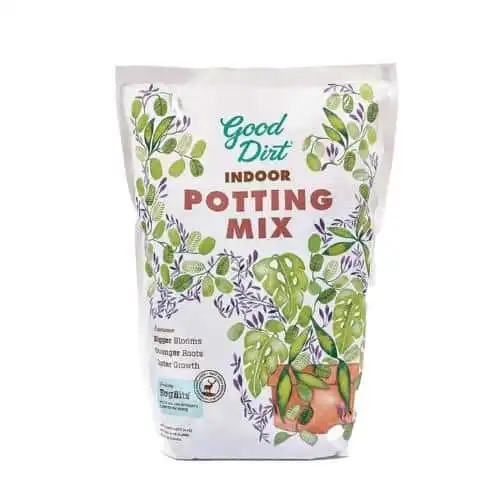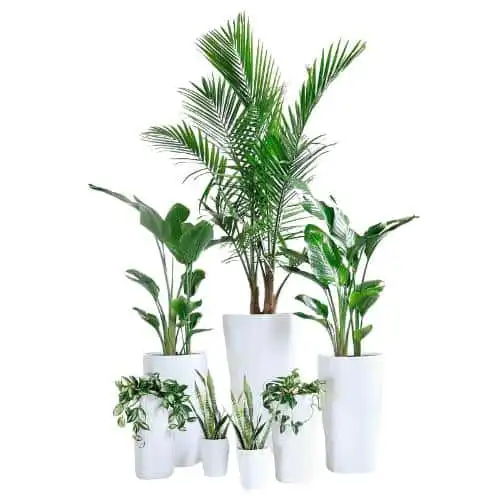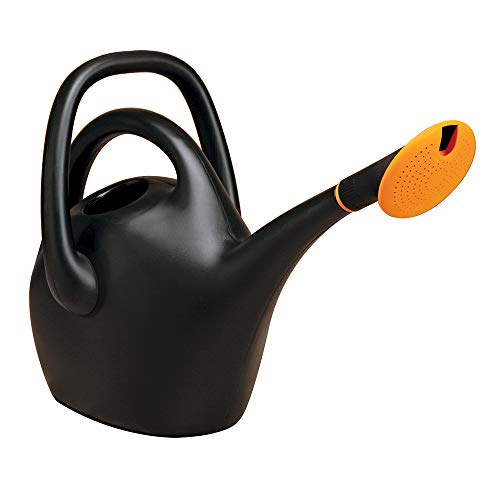I’m thrilled to share with you my guide on identifying and eliminating scale infestations from your precious houseplants.
I encourage you to watch my video on eliminating scale from plants and read through this guide to the end.
Within, you’ll discover the scale treatment plan I recommend, alongside a comprehensive discussion addressing common viewers’ concerns encountered during the scale treatment process.
It’s important to remember that pests are more active during the warmer seasons, making it imperative to keep a vigilant eye on your green friends.
Additionally, I’ll be answering the most frequent questions posed by viewers of my video “How to get rid of scale on plants”, providing you with a well-rounded understanding of how to tackle scale issues effectively.
Spotting scale infestation
Let’s talk about what scale looks like.
These pests are small, oval, flat, and sport a dark, shell-like covering. They attach themselves to the leaves and stems of plants, draining the essential sap.
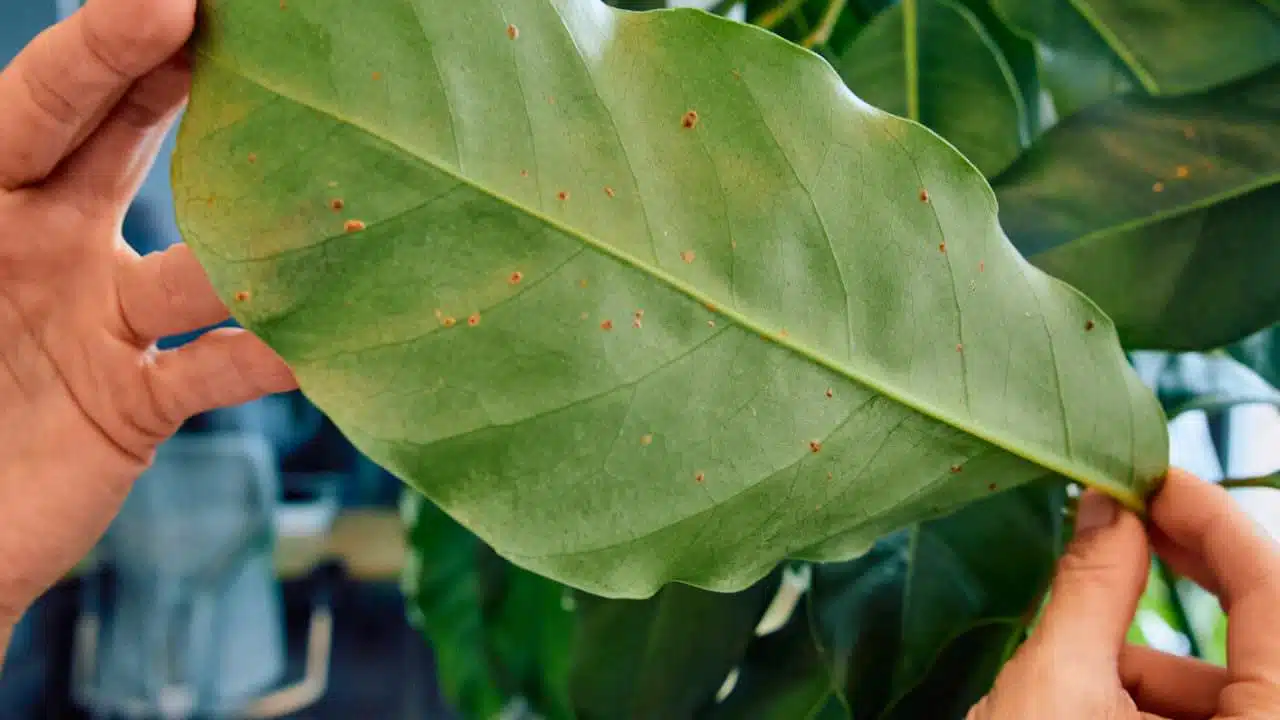
Another indicator of scale’s presence is a sticky residue on the leaves, stems, and planter edges – a byproduct of their feeding.
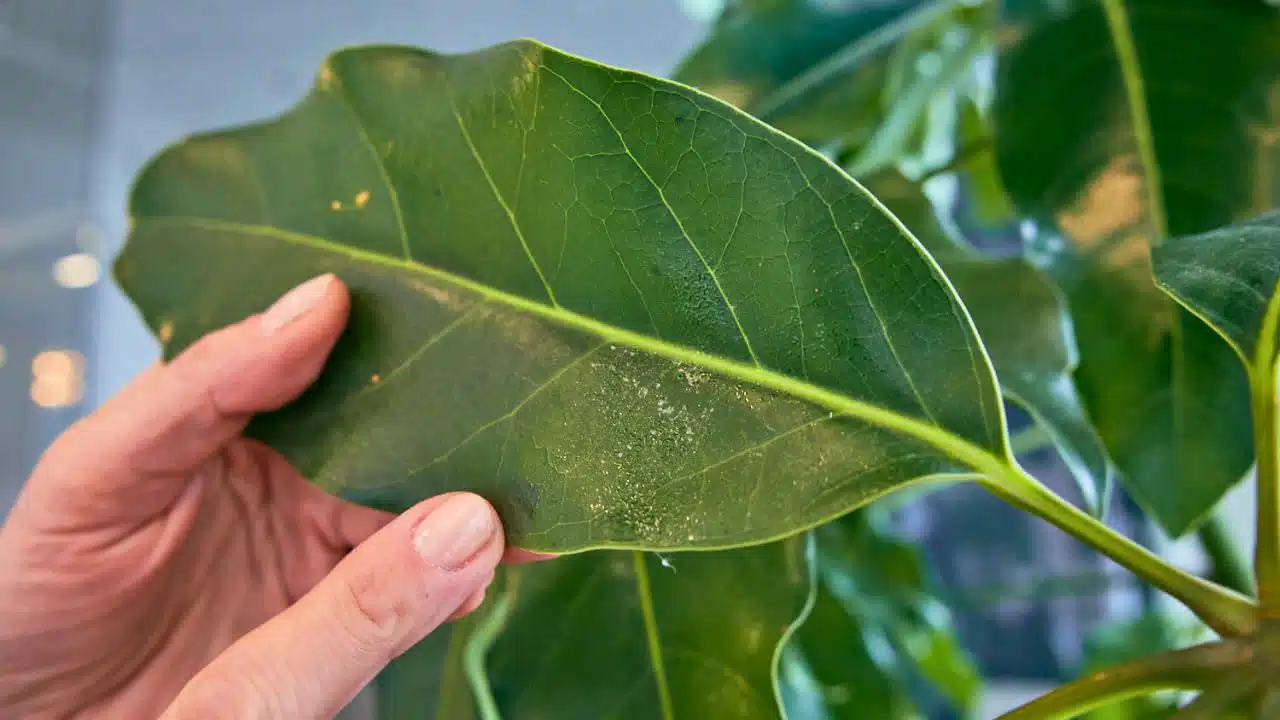
This residue not only signals an infestation but can also lead to the growth of sooty mold, further compromising the plant’s health.
Severely damaged leaves by scale will discolor, signaling it’s time to take action.
Scale treatment steps
What you need for scale treatment:
- Gloves
- A dish bowl or watering can
- 70% rubbing alcohol
- Mild dish soap
- A spray bottle
- Paper towels
- Cotton balls
- A measuring cup
- Chopsticks for stirring
Let me walk you through the treatment process. It’s a simple three-step affair.
Step 1: how to get rid of scale on plants
Isolate sick plant(s) from healthy plants to stop the spread.
Step 2: how to get rid of scale on plants
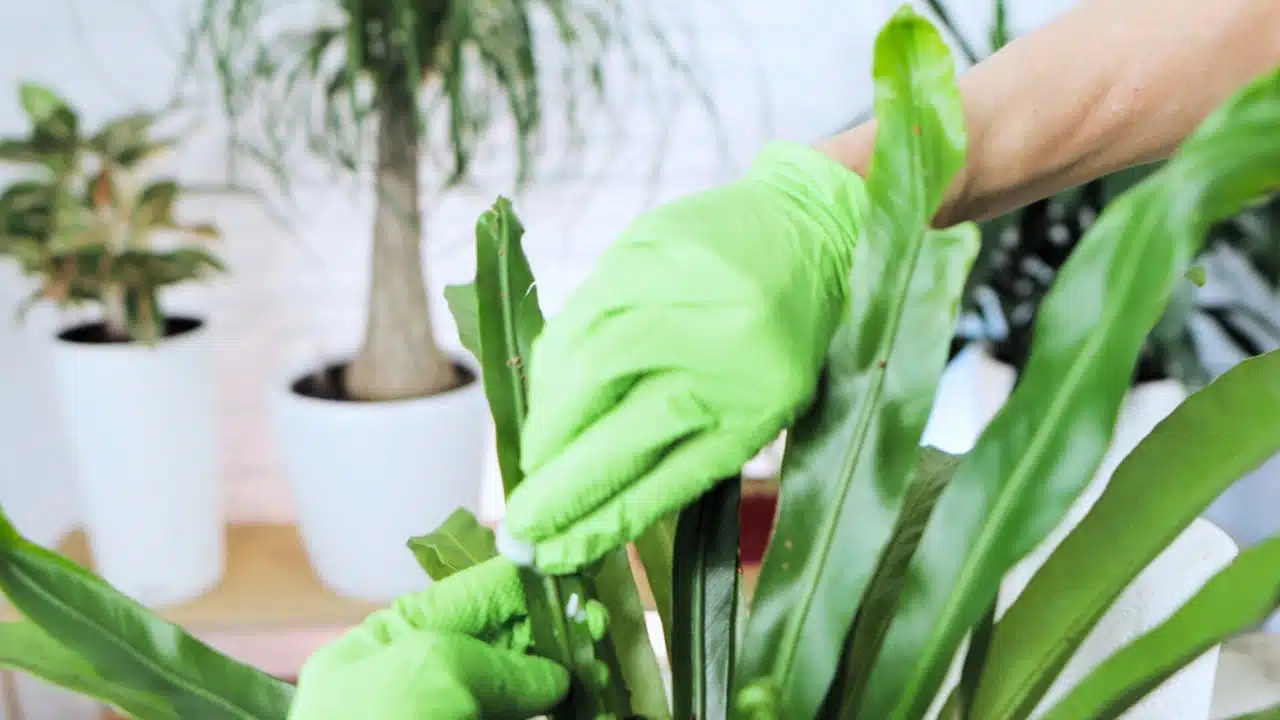
First, I clean the plant to get rid of visible scales using rubbing alcohol and cotton balls.
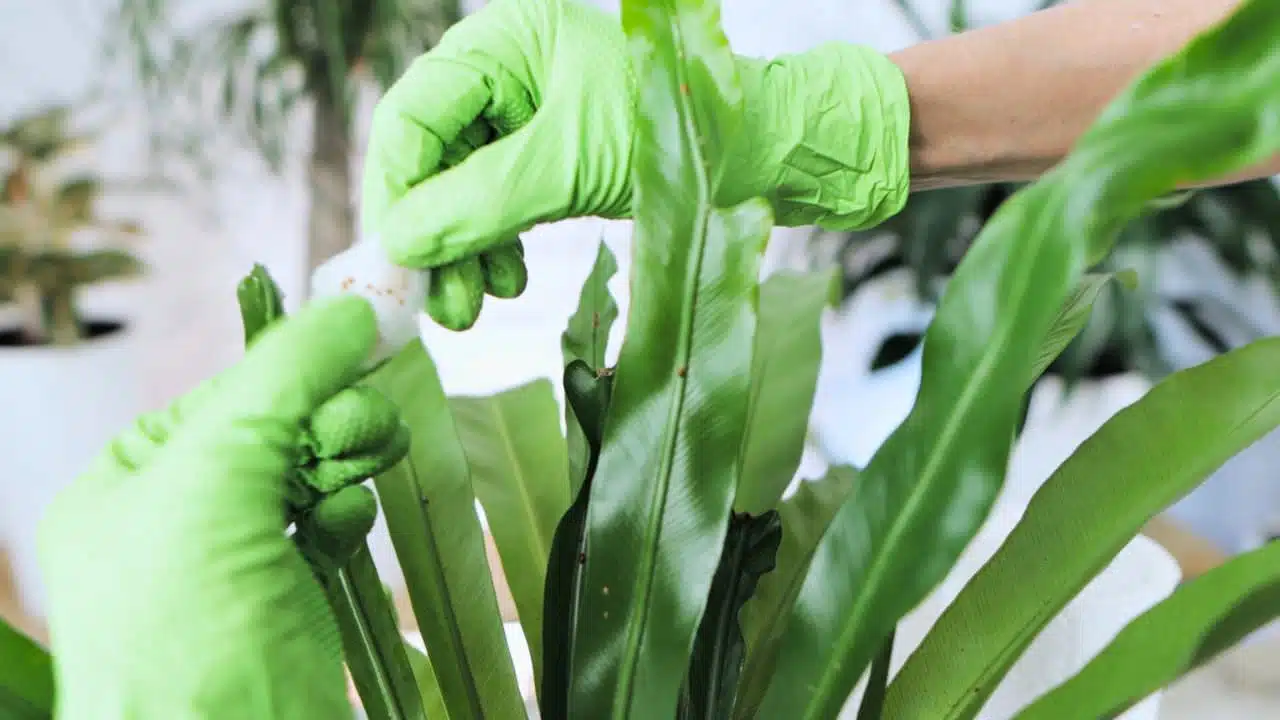
Step 3: how to get rid of scale on plants
Following this, I mix a special solution of rubbing alcohol, mild dish soap, and water:
- 1 cup (8oz) of 70% rubbing alcohol
- 30 oz of water
- few drops of mild dish soap
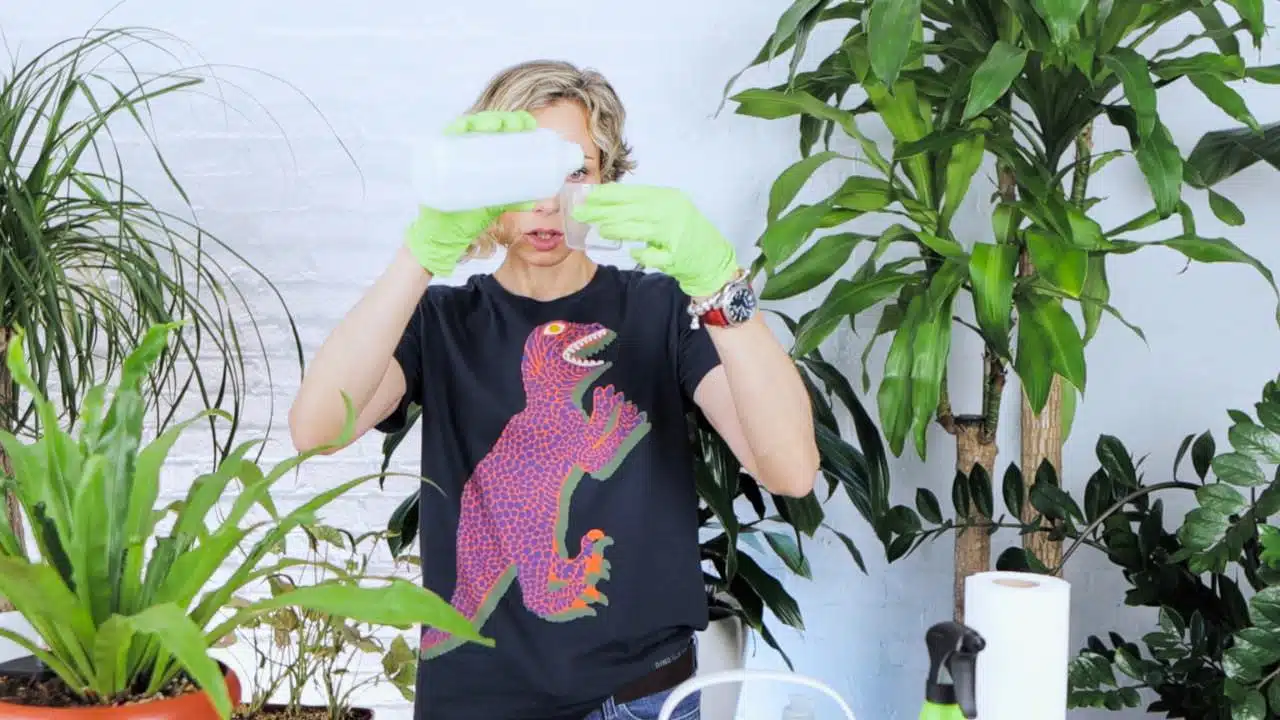
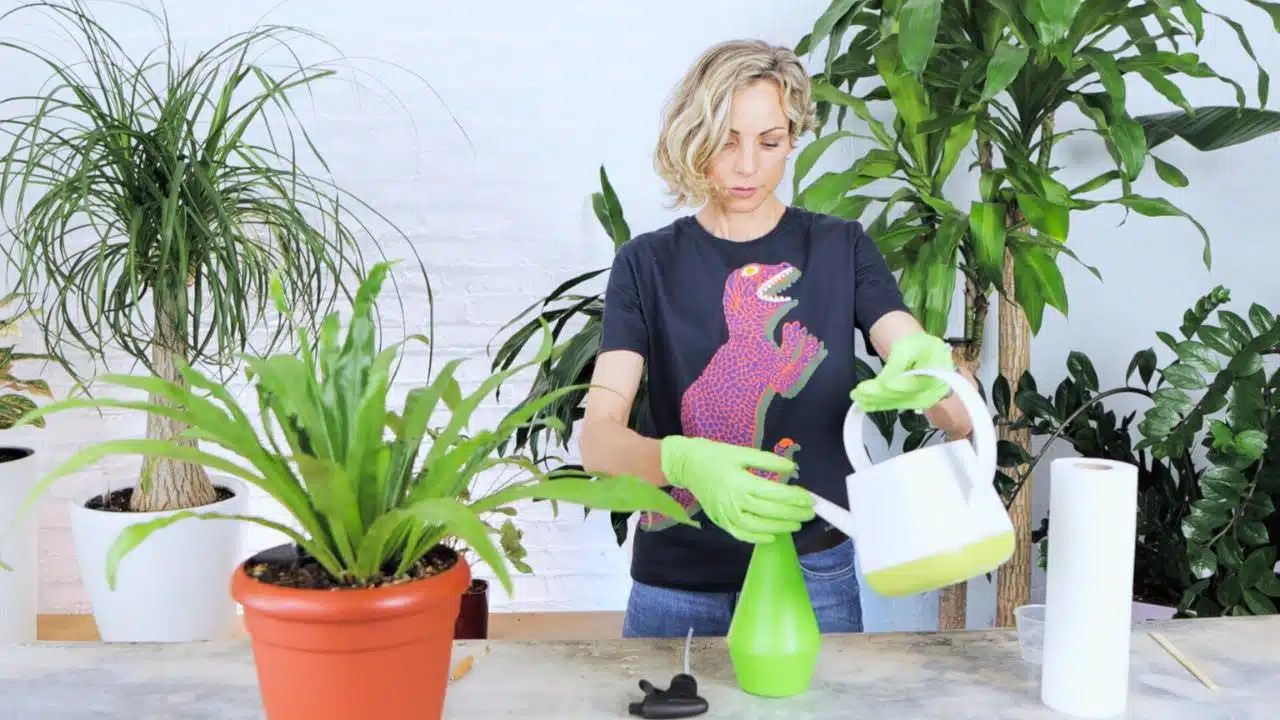
Application:
This solution needs to be sprayed thoroughly over the plant, ensuring every part is drenched, to kill off any lurking eggs and prevent future infestations.
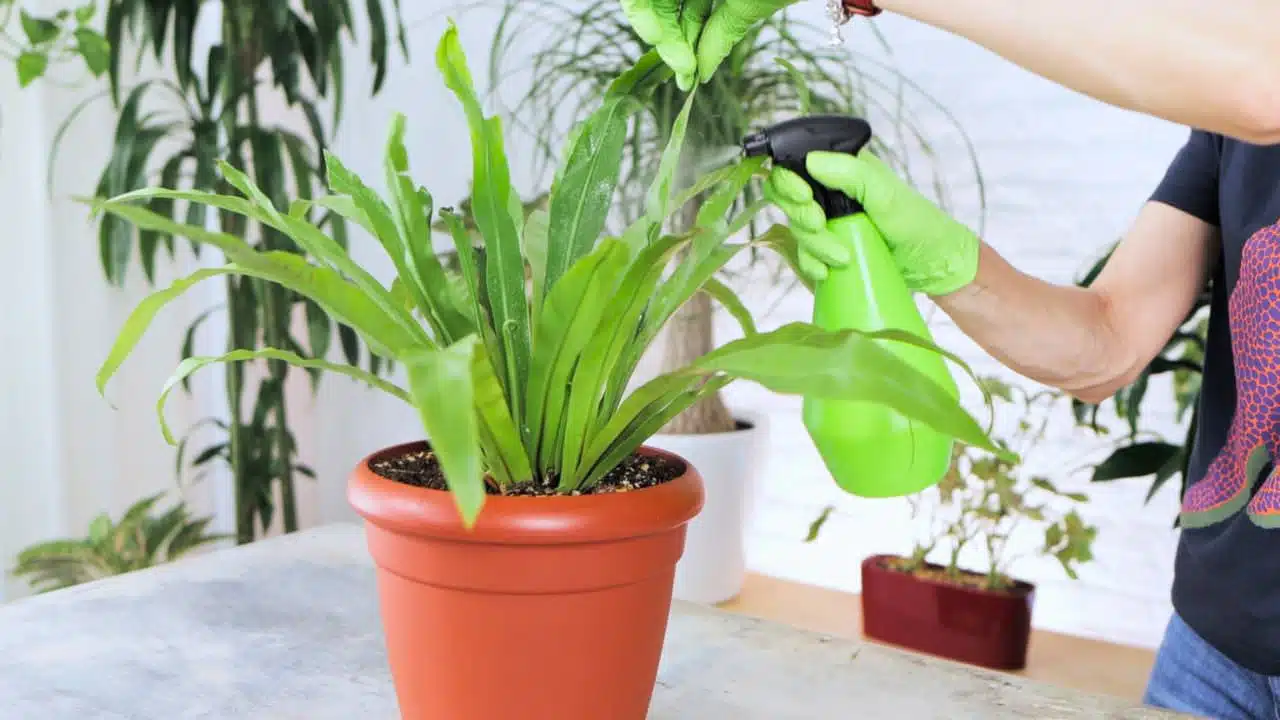
Make sure to spray the solution generously on your plant and the topsoil.
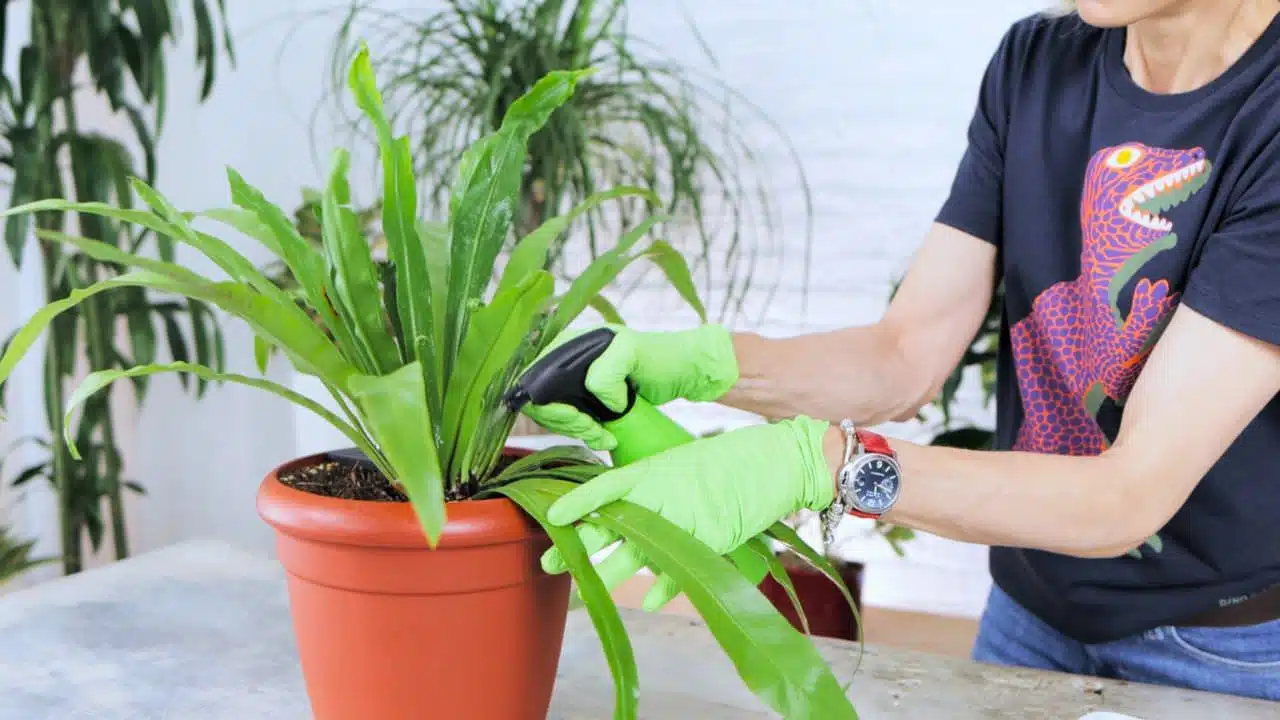
The aim is to cover every nook and cranny, ensuring the solution drips down the leaves and stems.
This step is messy, so protecting your workspace is wise. After the application, let the plant air dry out completely.
After the solution is applied, I spray the mixture onto a paper towel and use it to wash the planter, paying special attention to its rim.
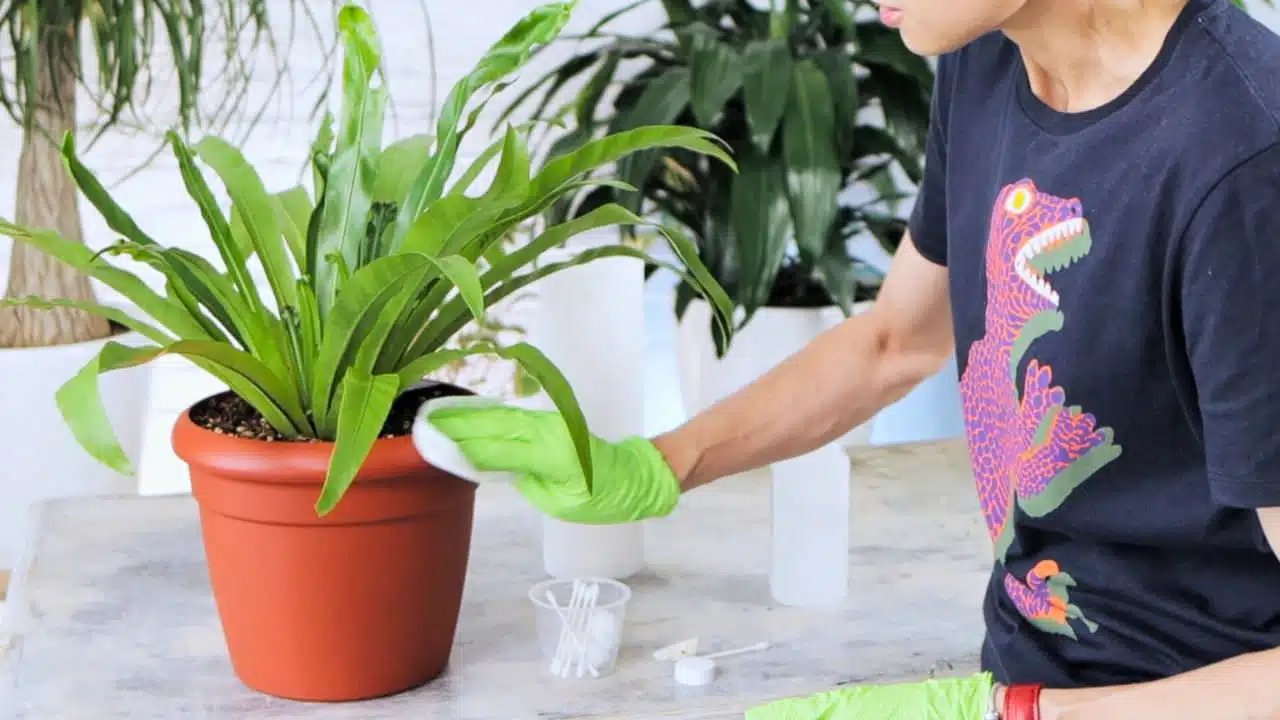
Aftercare
Consistency and persistence are your best friends here.
Repeat the cleaning and treatment process weekly until you’re confident the scale is gone for good.
And, always remember to wash your hands and tools after dealing with an infected plant to avoid spreading the pests.
Managing light to moderate-scale infestations
For scale infestations on plants that haven’t gone out of control, the key is to act fast and stay consistent with the treatment.
Isolating the affected plant is crucial to prevent the spread.
Also, check the neighboring plants to ensure the infestation hasn’t spread and continue to monitor them regularly.
As a precaution, treating nearby plants with neem oil once every 2 – 3 weeks can offer additional protection.
Addressing heavy-scale infestations
When facing a severe scale infestation, sometimes the best decision for the rest of your plant family is to say goodbye to the affected plant 😢
It’s a tough call, but it protects your other plants from potential disaster.
Preventive measures against the scale on plants
Prevention is better than cure, especially with plant pests.
I personally recommend cleaning your plant and its planter with a moist paper towel regularly.
This not only keeps your plants clean but also lets you inspect potential hiding spots for pests like scale.
Establishing a weekly cleaning routine is ideal, but if time is tight, make sure to clean your plants at least once every two weeks. Applying neem oil every 2-3 weeks is also a great strategy to keep those pesky bugs away.
Addressing concerns: safely treating scale on plants
I’ve received numerous questions and concerns from my video about how to get rid of scale on plants viewers regarding the treatment methods I recommended for getting rid of scale infestations on plants.
The scale treatment concerns are incredibly valid, and I want to address them directly, sharing additional insights to ensure your plants remain healthy and happy during the scale treatment process.
Concern about alcohol damaging plants
Many of the viewers have expressed worry about using alcohol in our treatment mixture, fearing it might burn or further stress the plants, especially those already weakened by infestation.
I completely understand these concerns.
My advice is to always conduct a patch test on a few leaves first.
This is particularly important for young, sensitive, or severely affected plants, as they’re more susceptible to damage.
For plants that show signs of stress from the alcohol solution, I recommend switching to Neem Oil, which tends to be gentle yet effective against scale.
Using dish soap to get rid of scale on plants
The idea of applying dish soap to your beloved plants raised eyebrows for some of my viewers.
Rest assured, when used correctly—diluted and in very small quantities—dish soap is safe for most plants.
It serves as a surfactant, enhancing the adherence of the alcohol or Neem Oil solution to the pests.
However, it’s vital to use a mild, non-antibacterial soap to minimize any risk of harm to your plants.
My favorite is Dawn dish soap.
The role of Neem oil in the treatment of scale infestation on plants
Neem oil came up often in viewers’ queries, both for its efficacy and safety.
Neem oil is derived from the seeds of the neem tree and is classified as a vegetable oil. As a natural pesticide, Neem oil is excellent for controlling a broad spectrum of pests, including our unwelcome scale.
It should, however, be applied as directed—diluted and sprayed lightly on the affected areas.
Like any treatment, overuse can harm your plants, so adhering to the recommended application frequency and concentration is key.
Treating edible plants from scale
For those of you growing edible plants, concerns about the safety of using alcohol and soap solutions are particularly pressing.
It’s crucial to thoroughly wash the leaves before consumption to ensure no residue remains.
While the solution effectively eradicates pests, ensuring the safety of your plants for consumption is of utmost importance.
Always do a small patch test before applying any treatment to the entire plant.
Repotting plants after scale infestation treatment
Some of my viewers wondered about repotting their plants after the treatment.
This can indeed be a beneficial step, especially if you’re concerned about pests or eggs lurking in the soil.
I suggest waiting until the plant shows signs of recovery from the initial treatment to minimize stress.
Be sure to use fresh soil and inspect it before repotting.
Special considerations for delicate plants
Lastly, a significant number of queries centered around the treatment’s applicability to various plant types, particularly those with delicate leaves.
These plants often require more gentle care.
For such cases, applying the treatment solution directly to the pests with a cotton swab, rather than spraying the entire plant, can help avoid potential damage.
Viewers’ concerns highlight the importance of customizing the treatment approach based on the specific needs and conditions of each plant.
Common questions and answers
Can I use Neem oil as a preventative measure?
Yes, I recommend using Neem oil as a preventative measure during the Spring and Summer or whenever you have a sick plant at home. Spray lightly once every 2-3 weeks.
What do I do once the scale infestation is under control?
Once the infestation is minimal or under control, switch to Neem Oil to avoid potential leaf burning. This product will not only kill bugs but will also keep them away. Spray lightly once every 2 weeks until there are no more signs of scale.
Can this treatment be applied to all plants?
Before treating your plant, test the solution on a few leaves, as it can be damaging, especially to young, sensitive, or badly damaged leaves. For sensitive plants, it’s best to use just Neem Oil for treatment.
Can I use the alcohol and dish soap solution on edible plants?
Yes, but it is very important to wash plants thoroughly before use. The solution is primarily for treating pests, and caution should be used when applying it to plants you plan to consume.
Is it possible to eliminate scale on plants permanently?
It’s challenging to get rid of scale permanently due to their nature and ability to return. Regular inspection and treatment of your plants are crucial for managing and potentially eradicating scale infestations over time.
What should I do for very large plants with many small leaves?
For large plants with many small leaves, the treatment process can be more labor-intensive. It may require repeated, thorough cleaning and application of the treatment solution. Persistence and regular inspection are key.
Can scale travel around inside the house?
Scale insects themselves do not move much once they’ve found a spot to feed, but the “crawlers,” or young scale, can move from plant to plant. It’s important to treat all nearby plants with Neem oil to prevent spread. Spray lightly once every 2-3 weeks.
Should I repot my plant in fresh soil to get rid of the scale?
Repotting in fresh soil can help remove any eggs or scale insects in the soil, providing a clean environment for your plant to recover. However, ensure you also treat the plant with the recommended solutions.
I hope these insights help you feel more equipped to fight scale infestations safely and effectively.
Remember, the health and happiness of your plants are paramount. Don’t hesitate to reach out with more questions or share your tips and experiences in the comments below as we continue this green journey together.
Happy planting, and don’t forget, people make plants happy!
To learn more about other plant pests and treatments check these blog posts:
How to get rid of Spider mites



